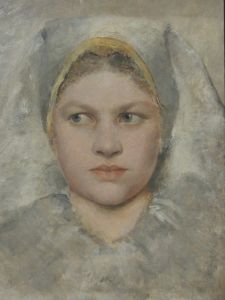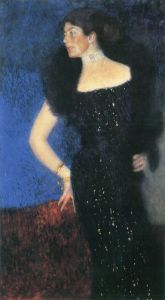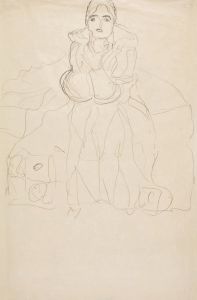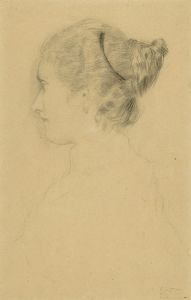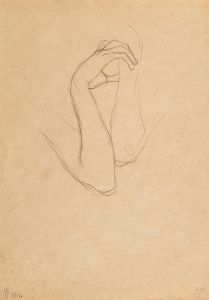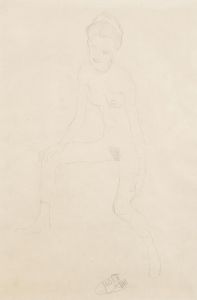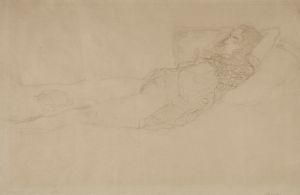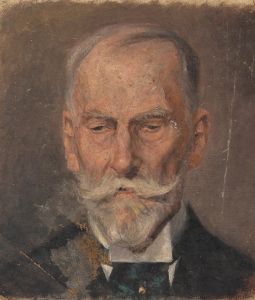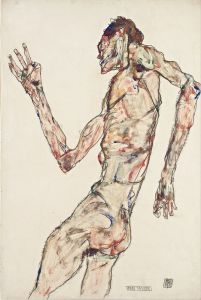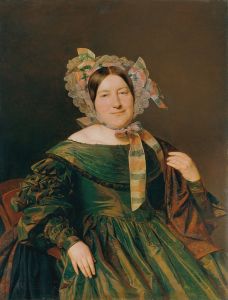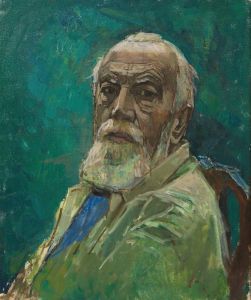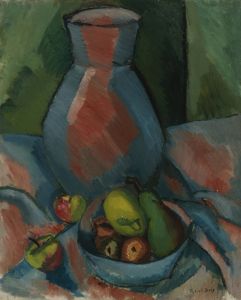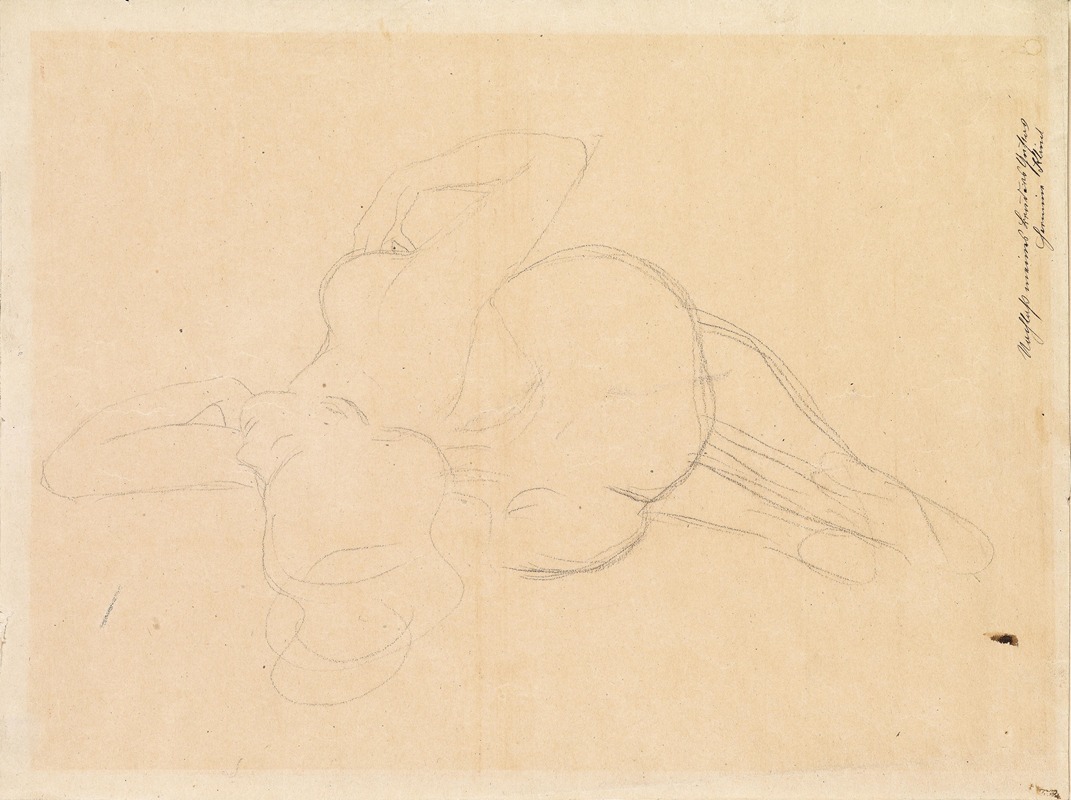
Sich nach rückwärts neigender Akt
A hand-painted replica of Gustav Klimt’s masterpiece Sich nach rückwärts neigender Akt, meticulously crafted by professional artists to capture the true essence of the original. Each piece is created with museum-quality canvas and rare mineral pigments, carefully painted by experienced artists with delicate brushstrokes and rich, layered colors to perfectly recreate the texture of the original artwork. Unlike machine-printed reproductions, this hand-painted version brings the painting to life, infused with the artist’s emotions and skill in every stroke. Whether for personal collection or home decoration, it instantly elevates the artistic atmosphere of any space.
Gustav Klimt, an Austrian symbolist painter, is renowned for his distinctive style and contribution to the Vienna Secession movement. One of his lesser-known works is "Sich nach rückwärts neigender Akt," which translates to "Reclining Nude Facing Backwards." This piece exemplifies Klimt's fascination with the female form and his ability to capture sensuality and movement through his art.
Klimt was born on July 14, 1862, in Baumgarten, near Vienna, in the Austrian Empire. He began his artistic education at the Vienna School of Arts and Crafts (Kunstgewerbeschule) in 1876, where he studied until 1883. Klimt's early work primarily consisted of academic paintings and murals, but he gradually developed a more personal style characterized by symbolism and eroticism.
"Sich nach rückwärts neigender Akt" is a drawing rather than a painting, showcasing Klimt's skill in capturing the human form with minimal lines and shading. Klimt often used drawings as studies for his larger works, and they provide insight into his creative process and artistic focus. This particular drawing features a nude female figure reclining with her back turned towards the viewer, emphasizing the curves and contours of her body. The simplicity of the lines and the subtlety of the shading highlight Klimt's mastery of form and his ability to convey intimacy and emotion through minimalistic techniques.
Klimt's work often explored themes of femininity, beauty, and eroticism, and "Sich nach rückwärts neigender Akt" is no exception. The drawing reflects his interest in the female body as a subject of art, a theme that permeates much of his oeuvre. Klimt's portrayal of women was both celebrated and criticized during his lifetime, as his work often challenged the conservative norms of the society in which he lived.
The Vienna Secession, a movement Klimt co-founded in 1897, sought to break away from the traditional academic art of the time and promote a more modern, avant-garde approach. Klimt's work, including his drawings, played a significant role in this movement, as he pushed the boundaries of conventional art with his focus on symbolism and the human form.
Klimt's influence extended beyond his lifetime, impacting future generations of artists and contributing to the development of modern art. His work, including "Sich nach rückwärts neigender Akt," continues to be studied and admired for its innovative approach and its exploration of complex themes related to human experience and emotion.
While "Sich nach rückwärts neigender Akt" may not be as widely recognized as some of Klimt's other works, such as "The Kiss" or "Portrait of Adele Bloch-Bauer I," it remains an important piece within his body of work. It exemplifies his ability to convey depth and emotion through simplicity and serves as a testament to his enduring legacy in the world of art.






